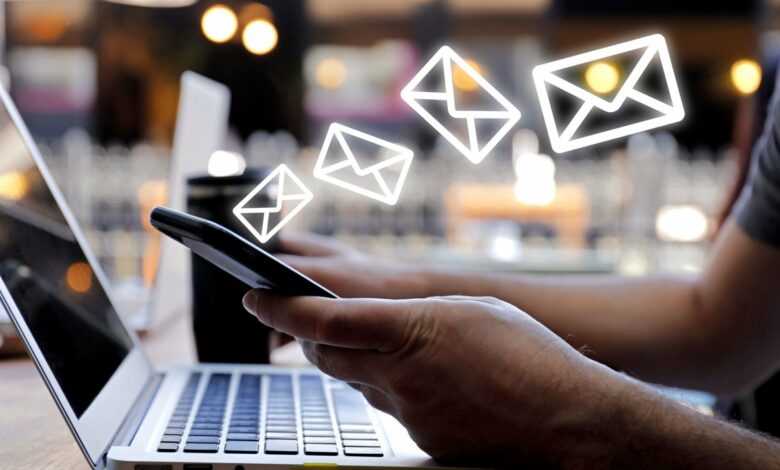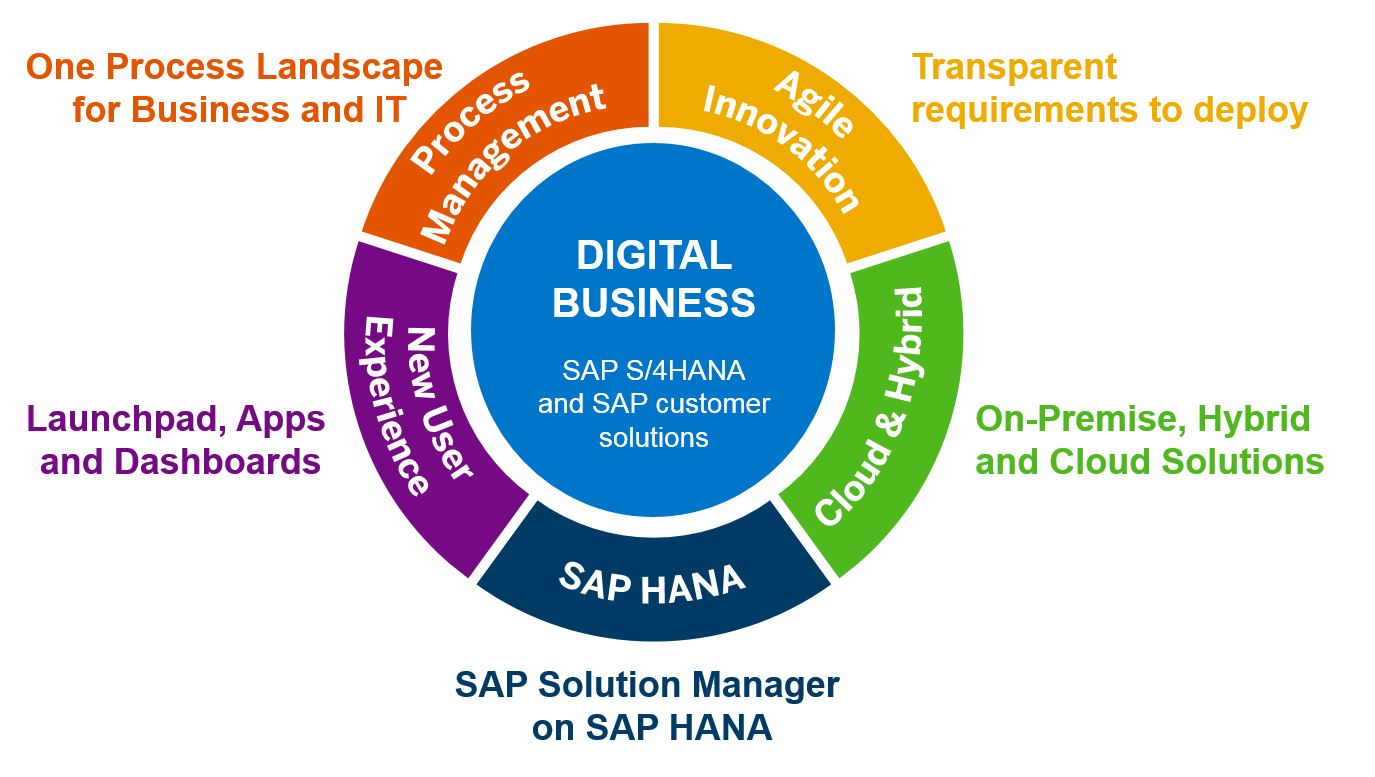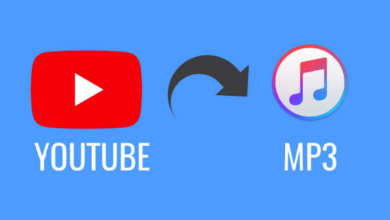How To Develop An Email Marketing Strategy?

Email marketing is a very prevalent and cost-effective digital marketing strategy. One can pitch directly to their clients and prospects by sending emails. Commercial messages that include donations, business requests, advertisements, or solicit sales are sent in emails to a group of people.
An effective email marketing has the power to convert a one-time potential audience into loyal customers. Despite the trend of social media, emails are considered as promising ways to nurture leads.
As per stats;
-There is 138% more purchase from people who get email offers than who don’t.
-Even the average order value from emails is thrice than that from social media.
-99% of the audience keep a regular check on their emails.
-ROI of email marketing is up to 4400%.
Let us discuss effective ways to build an email marketing strategy.
DEFINE YOUR GOAL
No planning can begin without setting goals. Else, you will end up making directionless strategy.
The goal should be smart, that stands for:
Specific: No vague goals. Ensure details of the plan.
Measurable: Able to figure out in specific checkpoints or numbers.
Attainable: As per the skillset, current budget, and time.
Realistic: It should be within reach after proper research.
Time-bound: Setting deadlines.
As far as email marketing is concerned, goals could be any of the following:
- Enlarging email list by building relationships with more new interested people.
- Increasing your email open rates.
- Improving CTR of emails.
- Working on spam complaints and unsubscribes.
- Getting more subscriptions and feedback.
KNOW YOUR TARGET AUDIENCE
After defining goals, identify your target crowd and plan your mails as per their persona.
To discover your targets, consider the following:
- Current clients.
- Customers of competitors.
- All possible beneficiaries of your product or service.
After refining groups, determine any demographic or other common traits they have, including;
- Age, Location, Gender
- Education, Occupation, Income
- Marital status, Family, Kids
- Their Goals, Interests, Industry
- Their Problems and Pain points
- Type of content they consume
- What is stopping them to buy your product/service
After this full-fledged research, it will be easier to customize your emails and appeal to your target audience.
GETTING AN EMAIL LIST
To create an email list of subscribers, you must collect their email addresses. Be careful about the fact your emails are permission-based, else it will be considered as spam.
Few tactics to build an email list of subscribers:
- Have a signup form on your web page.
- Pop up forms can also be experimented if a visitor stays longer on your website.
- Create relevant content that adds value to your audience. It should inspire, educate, or entertain them. In between the content, add call-to-action that asks for sign up.
- Brands should locate their opt-in forms on the website, that is captured at a moment’s notice. The best locations are sidebar and footer.
- Try to have a “Forward to a Friend” link in your emails. This will boost your audience.
- Add a signup form on every social platform, like Twitter, Facebook, etc.
- In exchange for an email address, you should offer something valuable to them. For instance, Etsy offers fresh unique and trendy gift ideas to their prospects on sign up.
- Also, you can offer a freebie like an ebook, a tip sheet, or a template to download by asking email address.
TESTING YOUR EMAIL CAMPAIGNS
Testing helps in improving performance by making practical decisions. Same applies for email marketing. Many marketers even implement A/B testing on their email campaigns.
The following elements can be routinely tested in an email campaign:
- Design, Subject Lines, Messaging
- Sender name, Call-to-action, Personalization
- Target audience, Landing page
A/B Testing is basically split testing. Here, you create two versions of an email to discover which email performs better statistically. Hence, accordingly, you can make your email strategy.
Moreover, you can also test the following:
Short emails Vs Long emails: Emails can be either long detailed or short and sweet, whichever works best to get directly to a landing page.
From address: The reader has a huge impact of “From address” when he opens an email. Sender name really influences prospects. Sender name can be kept as your CEO, a person’s name, or person+company’s name.
HTML vs Plain text campaigns: When the email is purely in plain text, it appears to be personally written just for the reader. However, with an HTML link, it looks more commercial. Both campaigns can be tested.
PLANNING THE TYPE OF EMAIL CAMPAIGN
Creating a great email requires a lot of strategizing, research and hard work. Ensure your campaign is easy to read in the moment of 8 seconds. Writing long speeches is not the best approach. Use a lot of images and visuals to boost engagement. Also, try to personalize your campaigns as per the interest of your readers.
There are a variety of campaigns which you can send to your prospects. It depends on your goals.
Newsletter
It is a regularly distributed email campaign, commonly about one topic of interest.
It is the best way for remarketing to your existing customers. It will drive back people to your website by keeping your products and business on top of mind.
For instance, Airbnb sends a great newsletter regularly to their network of freelance photographers.
Announcement
It is an email campaign sent to subscribers on the announcement of a new service, product, or feature.
It helps in updating the engaged clientele about the latest products. Good infographics and design templates can be used to share information and bring customers back to your site.
To illustrate, SHOWTIME announced the launch of their latest show ‘Penny Dreadful’ from email campaigns only.
Marketing Offer
it is any campaign you send expecting a direct response. It can showcase the latest stock and influencing people to purchase. Also, It can be used to offer special schemes, discounts, or promotion on your products or services.
It generally a direct call-to-action button, like the “Order Now” button to make a purchase. These email campaigns directly drive sales.
Pizza Hut sends the best marketing offer email campaigns, which impact the customer to make a direct purchase.
Event Invitation
These email campaigns are designed to raise awareness about an event and invite people to attend it. This helps in forming a strong bond with your clients.
For instance, Lincoln Motors invited subscribers on the launch of the 2016 MKX. The campaign had proper details of time, date, venue of the event and also how to RSVP.
FREQUENCY AND TIMING OF SENDING EMAILS
The marketer must plan how often to send emails. Sending excessive emails may annoy the subscribers. It may end up in low open rates as well as cancelling subscriptions.
You must also remove the most inactive subscribers from your list.
Scheduling your email campaigns is also very important. Find out the best time to send promotional emails, so that receiver reads it.
There is no ideal or perfect time and day to send emails. The advertiser concludes it only after A/B testing the reading behaviour of his subscribers.
Even you can use email marketing campaigns like MailChimp, Emma, HubSpot, etc to automate emails and follow-ups.
MOBILE-FRIENDLY CAMPAIGNS
Approximately 50% of emails are opened on mobile phones over desktops. Thus, emails should be designed in such a way that they are responsive to both tools.
Few quick mobile design tips:
- Increase the font size to make it readable on smartphones.
- The Call-to-action button must be there and make it easy to tap.
- Design the email in one column template to easily fix on mobile.
- Email must be designed as per the comfort of the reader. Many users scroll and tap with their thumb. Ensure tappable elements in the middle of the screen.
- iOS has specific guidelines of buttons, that is, 44 pixels tall by 44 pixels wide. Follow it accordingly.
ANALYZE CAMPAIGN PERFORMANCE
The success of your email campaign could be measured with your first email clicked and opened by your subscriber. You can track the results with either Google Analytics or any email marketing tool such as Campaign Monitor.
Here is the list of things you can analyze, which can help you in planning further:
- Bounce rates
- Unsubscribe rate
- New email opens
- Number of shares
- Number of emails not opened
- Click-Through Rate
- Spam complaints
- Overall Open rate
- Time of email open
- Day of email open
BOTTOM LINE
On the whole, one can never predict the behaviour of clients on emails. But with effective email marketing planning, you can have some control on your end. Moreover, with thorough strategy and A/B testing, you can measure and analyze results. This way, you can make your email campaigns more fruitful.




